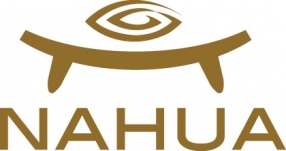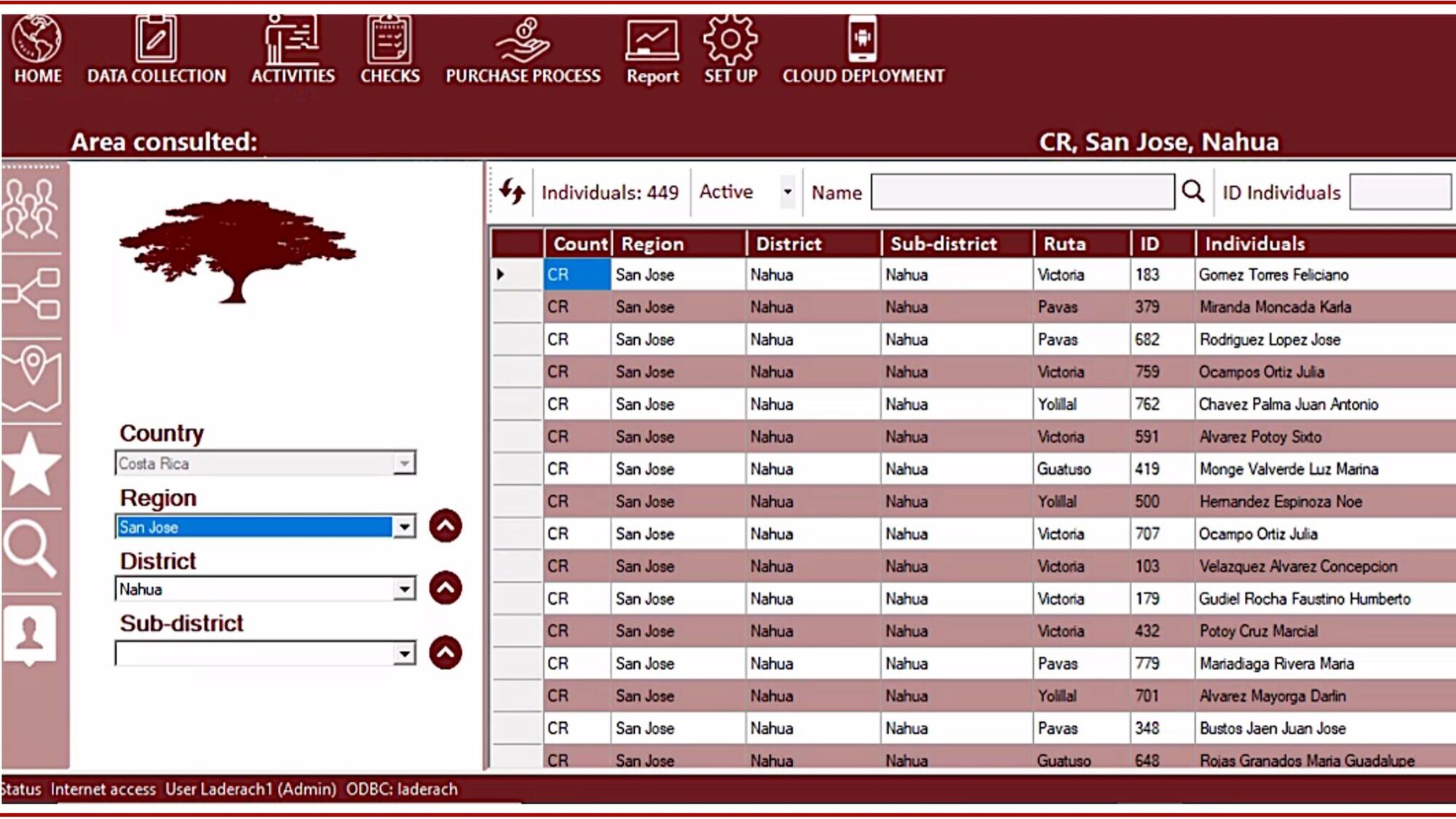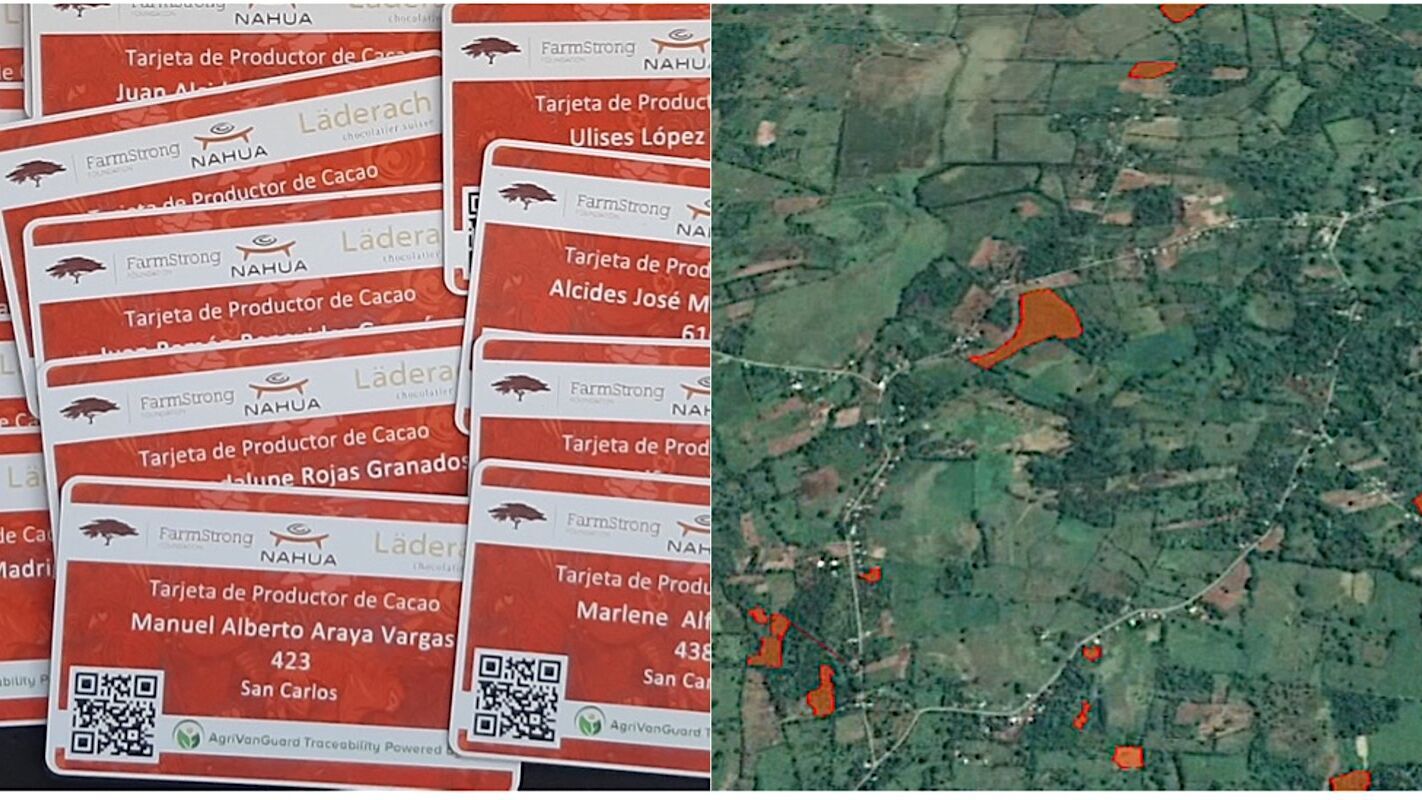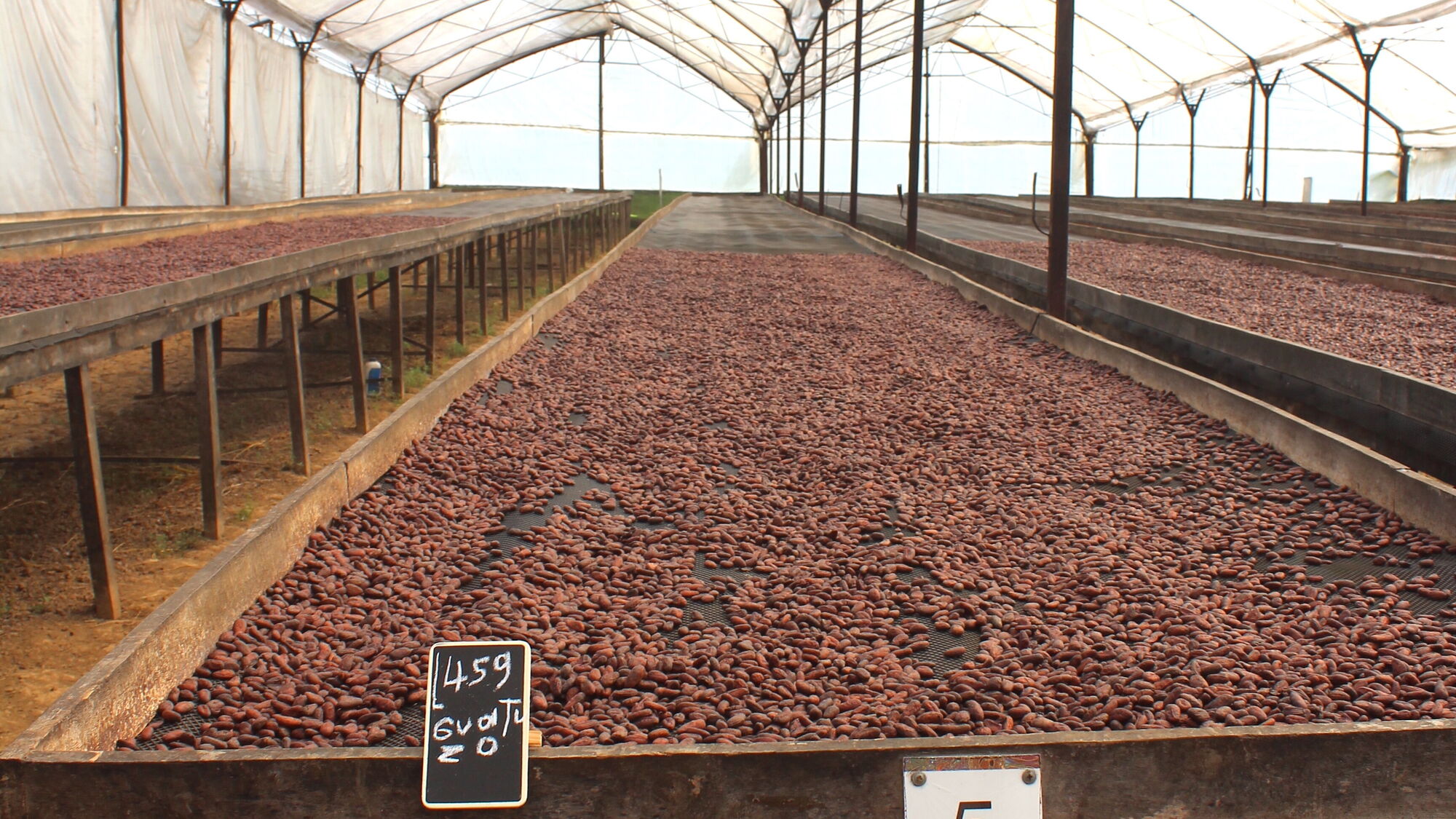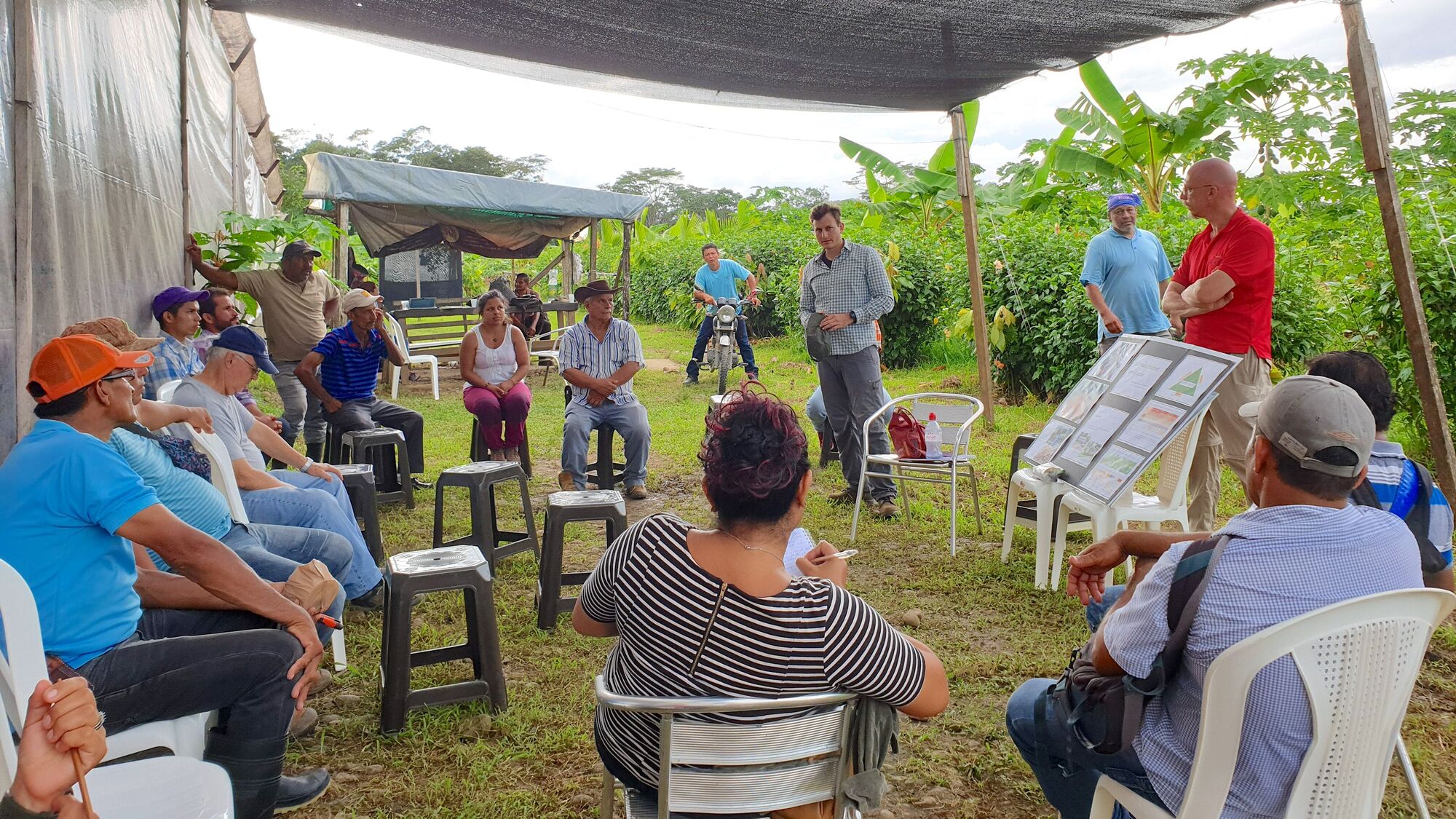The mobile application "Cocoa Tech Bridge"
What the project was about
Digitalisation helps improve traceability among the complex cocoa supply chain, which is a key requisite to increase sustainability in the sector. For example, if processed cocoa can be tracked to its exact origin, this allows buyers to appropriately compensate farmers on an individual level and to reward them for their quality and sustainability efforts. The project partners therefore developed a cloud-based mobile application called “Cocoa Tech Bridge” to track the path of cocoa from farmers in Costa Rica to processing in Switzerland. In future, all sourcing and sustainability activities of Läderach’s “Family Life” programme are meant to be managed via this or an equivalent Digital Information Management System.
What was done
To set up and use the "Cocoa Tech Bridge" application, the project included the following activities:
- Development of a mobile app that is multilingual and works off-grid until the user reaches network from where the information is uploaded to a cloud.
- Baseline questionnaire to gather information about the farmers such as name, gender, age, level of education, completed farming trainings as well as farm mapping (spanning a polygon to clearly identify farm boundaries).
- Distribution of farmer ID cards that are scanned with each sell to Nahua, the local sourcing partner of Läderach.
- Tracing the journey of cocoa from Costa Rica to Switzerland by registering all stages in the „Cocoa Tech Bridge“ application while preserving the identity of all batches in the containers.
What the project achieved
Over the three years of the project, information of 291 farmers was collected using the Cocoa Tech Bridge application. By the third year of the project, Läderach procured three containers (containing 37.5 metric tons of cocoa in total) with this new system. It proved that the traceability tool works well and is useful. The application successfully provides and saves all relevant data, e.g. data for drying, sorting or cleaning which can be managed in batches to allow a precise stock control and scheduling for the partner in the origin. Each bag is tagged with the relevant QR code to connect both the farmer and the product in the onward supply chain and this data is available at any time.
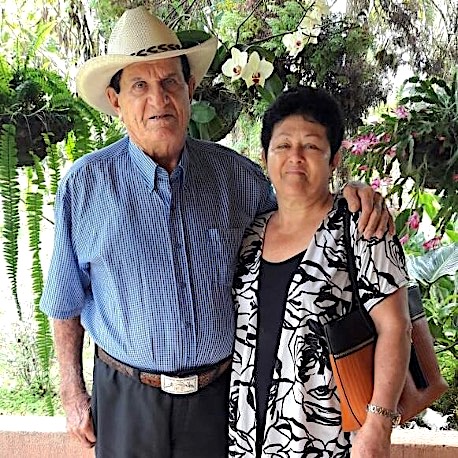
When my husband died, I was suddenly in charge of the cocoa plantation but lacked the knowledge to maintain its productivity. Nahua and Läderach connected me with buyers from Canada and Portugal, who will buy my cocoa and raise funds for technical assistance. This is only possible thanks to the new traceability tool that separates the identity of my cocoa from that of other farmers.
What didn’t work or had unintended consequences
In addition to the activities described above, the project should have encompassed trainings in income diversification, crop diversification, and climate-smart agriculture. Also, the information from the baseline questionnaire should have been compared to a second and third questionnaire to conclude about the livelihood improvements or other progress. However, this was impossible due to the impact of the Covid-19 pandemic on the project activities on the ground.
For the same reason, and further aggravated by several staff changes, it was also not yet possible to carry out the initially planned individual premium payments to farmers by Läderach for their quality and sustainability efforts. An issue that came up in this context was the question of whether the payments should rather be channelled via Nahua instead of Läderach, to limit the influence of Läderach on Nahua's business activities.
Interview with Läderach about the project
Johannes Läderach (CEO), in what ways were the project’s approaches new and innovative?
It is very important for us to know the living conditions of the cocoa farmers, their environmental standards and the quality of their cocoa. But control is only possible if complete traceability is guaranteed. Thanks to our Cocoa Tech Bridge application, this can now be optimally measured digitally and in real time.
What has Läderach (Schweiz) AG learned through the project?
We realised that collecting, correcting and uploading the baseline information about the farmers takes significant effort and time. This is due to the high amount of information required, drawn from both observations, interviews and farm mapping. Once this was done, the workload in the “business-as-usual” scenario was drastically lower. Also, the information collection during the sells was quick and does not present a barrier for the use of the tool. However, it nevertheless requires a certain degree of training for those who collect the information, do the transactions or access the aggregated information. In future projects, we will consider this better. Also, we need to be aware that an application covering a vertical supply chain can be challenging for other companies or partners. Different companies use different tools tailored to their supply chain management, capacity and needs. This raises the question of the practicality of “one-size-fits-all” solutions. If Läderach's partners use different systems in the broader global context, we should also focus on how to make these tools integrable into the “Cocoa Tech Bridge”.
What do you recommend to other stakeholders implementing similar projects?
When implementing data-based tools to increase traceability, the question about ownership of the data and privacy of the farmer information should be raised. The use of their information should be handled sensible and in accordance with the owner. It should also be considered that farmers might be reluctant in using the tool, especially in the beginning, and that an effort is needed to convince them of the advantages. Regarding the work with several project partners, we suggest to clearly define responsibilities and cost-sharing ratios. For example, our partner Nahua now has access to the “Cocoa Tech Bridge” and can share information with other customers, while Läderach (Schweiz) AG is providing the tool at no cost. Such issues should be part of the discussion on how funding is acquired and used.
What are the next steps?
The goal is to continue using and optimizing the “Cocoa Tech Bridge”. Currently we are in exchange with the developers to plan the next steps. During the pilot phase, a significant amount of data was collected and data processing and evaluation was time consuming. The aim is to now keep the daily effort small and to start providing transparency to our customers, here we have to pay attention to all data protection relevant information. In the future, it may be possible to use a technology like the “Cocoa Tech Bridge” in the supply chains of other raw materials as well.
How is it ensured that the project has not only short-term, but long-term effects?
We have repeatedly seen how challenges at the origin can be identified through data analysis, showing us how important digitalization is in this sector. We are also able to digitally record the impact of projects such as reforestation and have measurement criteria to do so. Honest transparency is also important to our customers and it will be easier for us to create this transparency in the future with digital interfaces such as the Cocoa Tech Bridge developed in this project.
Organisations involved


